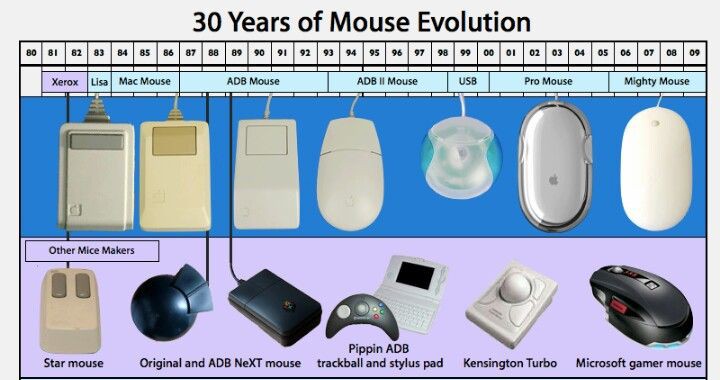The Evolution and History of Mouse Invention

In the ever-evolving landscape of technology, certain inventions stand out as game-changers, shaping the way we interact with computers on a fundamental level. Among these transformative innovations is the humble computer mouse. This small, hand-held device has become an integral part of daily computing, but its journey from a wooden prototype to the sleek, optical wonders we use today is a fascinating tale of ingenuity and innovation.
The Birth of the Mouse:
- The story of the computer mouse begins in the 1960s with the visionary engineer Douglas Engelbart. Working alongside a dedicated team at the Stanford Research Institute (SRI), Engelbart sought to augment human-computer interaction. The result of their efforts was unveiled during a historic event on December 9, 1968, known as "The Mother of All Demos." Engelbart's live demonstration showcased the mouse as part of a broader set of groundbreaking technologies, including hypertext and video conferencing.
The "Bug" and the Mouse:
- The first prototype of the mouse was a far cry from the sleek, high-tech devices we use today. Constructed from wood, it featured two perpendicular wheels that made contact with the surface underneath. As users moved the mouse, these wheels translated the motion into cursor movement on a connected computer screen. Initially dubbed a "bug," the term "mouse" gained traction, reflecting the device's physical resemblance to the small rodent.
Refinement and Evolution:
- After the initial demonstration, the mouse underwent refinement and improvement. Bill English, a crucial figure in the development team at SRI, played a pivotal role in enhancing the mouse's design. Subsequent iterations replaced the wheels with a ball, enabling smoother and more accurate tracking on various surfaces.
Xerox and the Three-Button Mouse:
- Xerox contributed significantly to the mouse's evolution with its Alto computer in the 1970s. Featuring a three-button mouse, the Alto set a standard configuration that influenced later models. This multi-button design would go on to become a familiar feature in the world of computing.
Mainstream Adoption:
- The mouse entered the mainstream with the introduction of the Apple Macintosh in 1984, a computer that played a pivotal role in popularizing the graphical user interface (GUI). Around the same time, Microsoft incorporated the mouse into its Windows operating system, cementing its status as a standard input device.
Technological Advancements:
- Over the years, the mouse continued to evolve. Mechanical sensors gave way to optical ones, and wireless technologies eliminated the need for cumbersome cords. Today's mice come in various shapes and sizes, with advanced features such as customizable buttons and ergonomic designs.
The history of the mouse is a testament to the power of innovation in shaping our digital world. From its wooden beginnings to the sleek and sophisticated devices we use today, the mouse has played a crucial role in making computing accessible and user-friendly. As we look back on its evolution, we can appreciate the journey of an invention that started as a simple idea and transformed into an indispensable tool for navigating the digital realm.
Thank you,